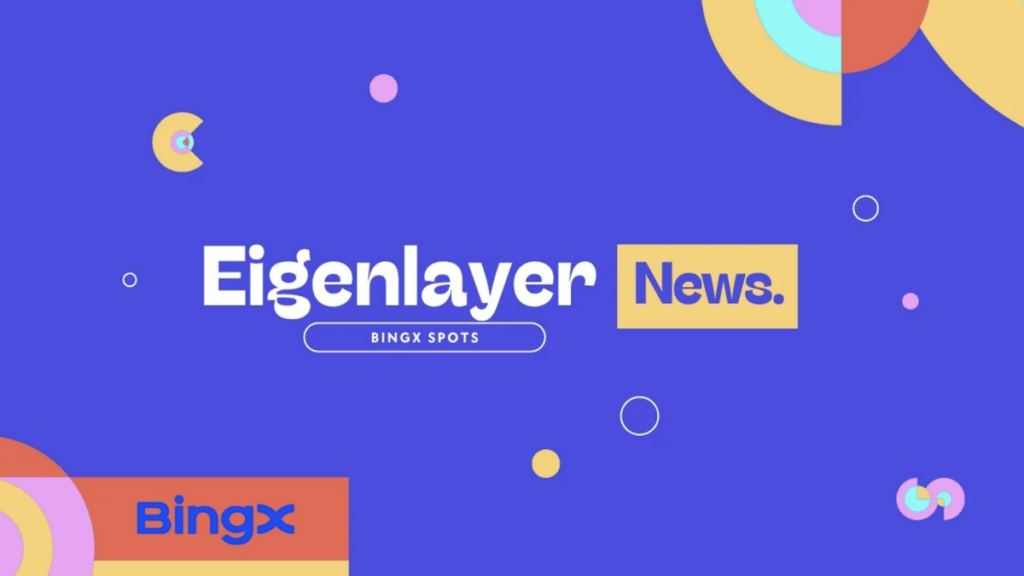In recent years, there has been a growing interest in the world of cryptocurrency and blockchain technology. As this industry continues to evolve, new and innovative use cases for these technologies have emerged. One such example is the connection between non-fungible tokens (NFTs) and real-world assets. This connection has sparked a new wave of excitement and potential for both NFTs and traditional tangible assets.
What are Real-World Assets?
Before diving into the ways in which NFTs are transforming real-world asset ownership, it’s important to understand what exactly constitutes a “real-world asset.” Simply put, real-world assets refer to any physical or tangible object that holds value. This can include a wide range of items such as real estate, fine art, precious metals, collectibles (e.g., trading cards or vintage items), and even intellectual property.
While these assets have long been seen as valuable and desirable investments, traditional ownership has often been limited to those with significant wealth. However, the rise of NFTs has opened up new possibilities for ownership and investment in these high-value assets.
How NFTs Transform Real-World Asset Ownership
NFTs offer several unique benefits when it comes to owning and investing in real-world assets. Let’s explore some of the ways in which NFTs are transforming traditional ownership.
Fractional Ownership
One key advantage of using NFTs for real-world assets is the ability to enable fractional ownership. This means that instead of needing to purchase an entire asset, individuals can now invest in a portion of it. For example, instead of purchasing an entire piece of artwork, investors can buy a fraction of it through an NFT. This can greatly lower the barriers to entry for high-value assets and open up investment opportunities to a wider range of individuals.
Enhanced Liquidity
Traditionally, real-world assets have been considered illiquid investments. This means that they are not easily bought or sold on the open market. However, with NFTs, these assets can be tokenized and traded on digital marketplaces, making them much more liquid. This can attract more investors and create a more active market for these assets.
Transparency and Authenticity
NFTs are built on blockchain technology, which provides a secure and immutable record of ownership. This means that the ownership of real-world assets represented by NFTs is transparent and cannot be altered or falsified. Additionally, blockchain technology can also track the provenance of an asset, ensuring its authenticity. This level of transparency and authenticity can increase trust in the market for real-world asset ownership.
Reduced Transaction Costs
Another potential benefit of utilizing NFTs for real-world assets is the reduction of transaction costs. With traditional ownership, there are often various intermediaries involved in a transaction, which can drive up costs. However, with NFTs, these transactions can be streamlined and potentially eliminate the need for intermediaries, reducing costs and increasing efficiency.
Use Cases of NFTs for Real-World Assets
The potential use cases for NFTs in relation to real-world assets are vast and continue to expand. Some notable examples include:
Real estate tokenization: NFTs can be used to represent ownership of a property, allowing individuals to invest in real estate without needing to purchase an entire property.
Art NFTs: Many artists are now creating and selling their work as NFTs, providing a new avenue for buying and selling art and supporting emerging artists.
NFTs for luxury goods authentication: Brands can use NFTs to verify the authenticity of high-end luxury goods, protecting consumers from purchasing counterfeit items.
Collectibles on the blockchain: NFTs are being used to create digital collectibles, such as unique trading cards or virtual items in video games.

Source: Depositphotos
Challenges and Considerations
As with any emerging technology, there are also challenges and considerations when it comes to using NFTs for real-world assets. Some of these include:
Regulation
The regulatory landscape for NFTs and real-world asset tokenization is still evolving. As these technologies gain popularity, it’s important for regulators to establish guidelines to protect investors and ensure compliance.
Valuation
One challenge of utilizing NFTs for real-world assets is accurately valuing the assets represented by the tokens. As traditional ownership structures are disrupted, new methods of valuation may need to be developed.
User Experience
For NFTs to reach their full potential, user experience will play a crucial role. Platforms and marketplaces must be user-friendly and accessible for those without extensive technical knowledge to encourage wider adoption.
The Future of NFTs and Real-World Asset Ownership
While there are certainly hurdles to overcome, the potential impact of NFTs on real-world asset ownership is significant. As blockchain technology continues to advance and become more widely adopted, we can expect to see even more use cases emerge for NFTs in relation to tangible assets. This has the potential to democratize ownership and investment opportunities and bring a new level of transparency and efficiency to traditional markets.
Conclusion
In conclusion, NFTs are transforming traditional ownership of real-world assets through fractional ownership, enhanced liquidity, transparency and authenticity, and reduced transaction costs. The use cases for NFTs in relation to real-world assets are diverse and continue to expand, but there are also challenges and considerations that must be addressed. However, as technology evolves and adoption increases, the future looks bright for NFTs in transforming asset ownership.
So, whether you’re an investor looking for new opportunities or a business exploring the potential of NFTs, it’s important to stay informed and be ready for the possibilities that lie ahead. With NFTs, ownership is no longer limited to physical possession – it’s taking on a whole new digital dimension. So, let’s embrace this exciting evolution in asset ownership and see where it takes us in the future.
Featured Image: Depositphotos
Author

Immersive tech enthusiast, diving into the NFT currents reshaping the Metaverse.





